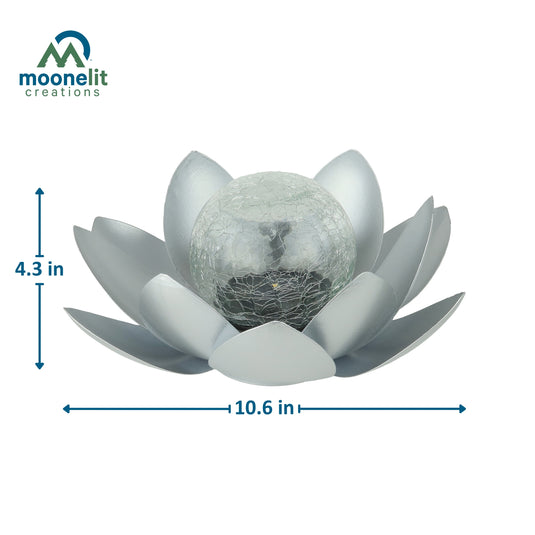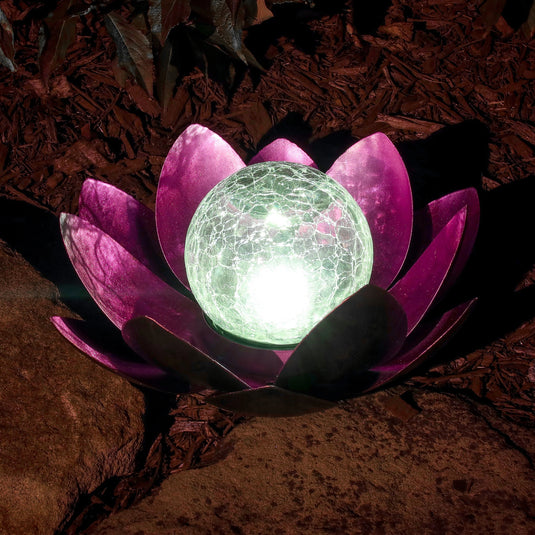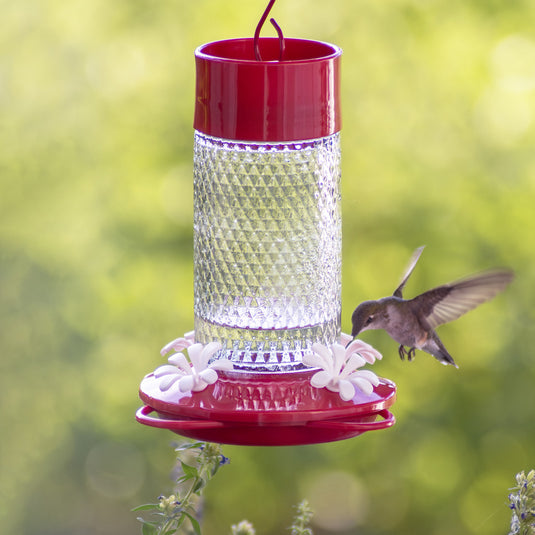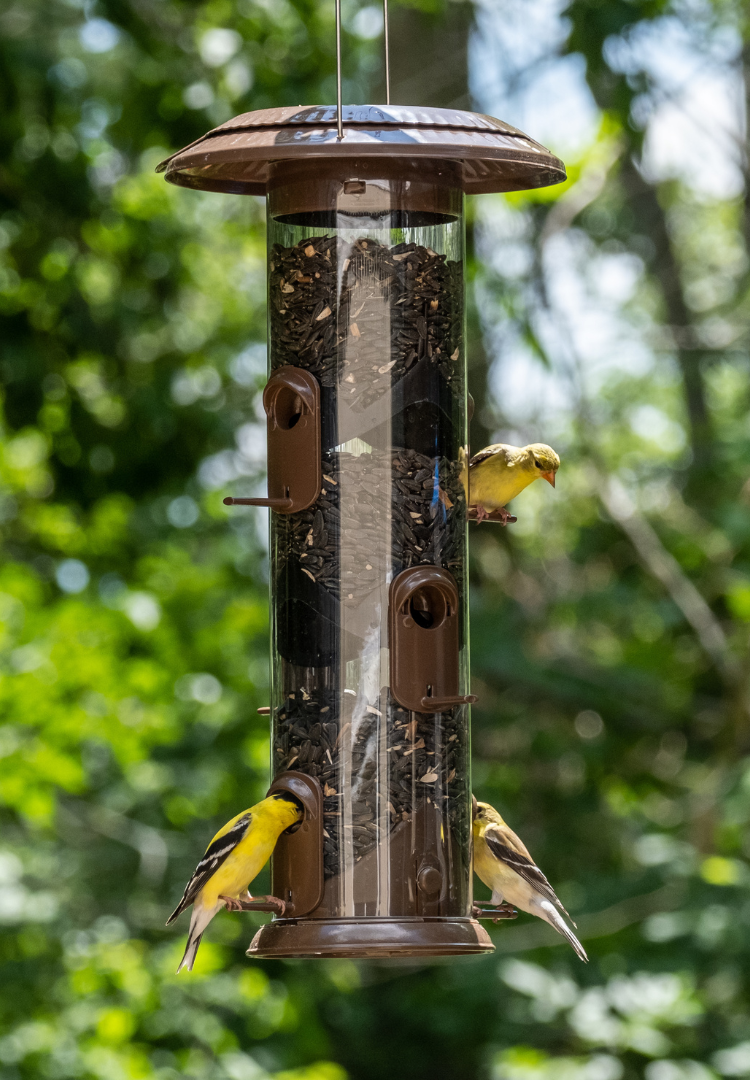An insect house, sometimes referred to as an insect hotel, is an artificial nesting structure that provides shelter for beneficial insects like gentle solitary pollinators and predatory insects. The houses can be made up of several different types of materials and chambers like hollow bamboo tubes, pre-drilled wood blocks and shutter chambers or screen chambers that can be filled with pinecones, bark, twigs or dead leaves.
There are many benefits of installing an insect house in your garden and landscape. Becoming an insect house owner can be both a fun and rewarding experience as you take pride in helping support the pollinator population while improving the health and performance of your plants at the same time! Learn how to be a responsible host and get the most out of your insect house with these use and care tips.
Where to put an insect house
Place the insect house as close as possible to the area that you want the insects’ help pollinating and protecting. You may also place the house where you have already noticed the desired insects’ activity. A flower bed, garden, blossoming trees, bushes or stumps are good locations.
The insects prefer a warm, dry place protected from the wind and rain with exposure to plenty of sunlight. Morning sun is important; it gets the insects warmed up and out earlier each day and helps with an earlier hatch for the bees in the spring. Be sure that the front of the house is facing away from the typical incoming rain patterns in your area.
The house should be mounted at about eye level on a secure fence or arbor post to keep it from moving around too much when windy. It’s important that it be placed in a location where it will not be bumped or disturbed, so it’s recommended to avoid high traffic areas in the yard or garden.


How to attract insects to an insect house
As long as the house is placed in the correct location, no additional steps are needed to jumpstart insect activity. However, the biggest factor that will determine insect house inhabitance is the surrounding environment. You may consider planting native flowering plants nearby that will naturally attract native pollinators. Offer a source of water, like a shallow dish of water and stones, to provide a safe place for them to stand and drink. If possible, create an area of open earth close by – some pollinators, like mason bees, need dirt and mud to pack into the tubes of a house to protect their eggs. It is not necessary to purchase eggs or cocoons to place into an insect house.
If your insect house comes with empty chambers, you can fill them with natural materials like pinecones, bark, straw, dead leaves, or twigs. Be sure to stay away from anything that may have been chemically treated, as this can prevent insects from using the house.
How long does it take for insects to use an insect house?
Depending on your location and annual weather patterns, insect house use typically begins in early spring with pollinator activity peaking in the warmer summer months. Some varieties of solitary pollinators will continue to use the houses through the fall.
When initially putting up a new insect house, be patient! Monitor the insect house for a few weeks for any activity and be aware of what insects are in your garden or landscape. Tubes packed with mud or leaves are definite indicators of inhabitants.


Keep in mind that most insects will be out foraging and pollinating during the day and may not return to the house until nightfall. If after a few weeks of close monitoring you do not notice any wanted insect activity, the location may not be suitable. Take another look around your garden or yard and relocate your insect house to a different sunny location for another try.
For help identifying beneficial insects, check out our beneficial insect blog.
Insect house maintenance and care
Insect houses do not require cleaning or replacement parts. Instead, it is recommended to replace the entire house after a few seasons of use as the materials become worn and more susceptible to bacteria and disease. You may encounter some sources that suggest using a pipe cleaner to remove remnants of pollinator activity, however these insects are capable of excavating mudded tubes and blocks and will reuse the house again next season.
It’s a good idea to monitor any shutter chambers for unwanted insect activity (for example, paper wasps building a nest). The shutter chambers on all Nature’s Way Better Gardens beneficial insect houses can be opened for easy monitoring and early eradication of unwanted or aggressive insects.
The house can be left outside through the winter since this mimics the natural environment of these insects. If there is concern about exposure to extremely harsh elements or predation from birds, the entire house can be brought into an unheated garage. Be careful not to put the house in an environment that is too warm as this could cause an early or premature hatch.
Nature’s Way Better Gardens beneficial insect and bee houses come in many attractive styles and configurations. Find the right one for your yard and become an insect house hotelier this season!























Hello, I have this model with the 4 different chambers and I am so excited to put it in my yard. However, when reading about the shutter chamber (habitat for lacewings) it mentioned mesh covered chambers in the shutter chamber. Ours just has the red door, nothing is inside. want to know if we are missing mesh chambers? Or if there is something we could buy as a substitute? Thank you!
Hi WWW and thank you for reaching out to Nature’s Way. We would suggest putting any beneficial insect houses up per the information on our blog and not worrying too much about the birds. We appreciate your excitement in helping both birds and bees! All the best.
I love the idea of a beneficial insect house, but we have bird houses. Will birds eat the beneficial insects? I have a couple excellent locations for a bee house, but don’t want them to be a bird’s dinner. Any advice? Thanks, and thanks for watching out for our little friends. WWW
Hi BirdzNBeezBex and thanks for posting a question! Our beneficial insect houses are designed to attract a variety of insects so we would suggest following the placement tips on our blog post however works best for your and your yard set up. All the best!